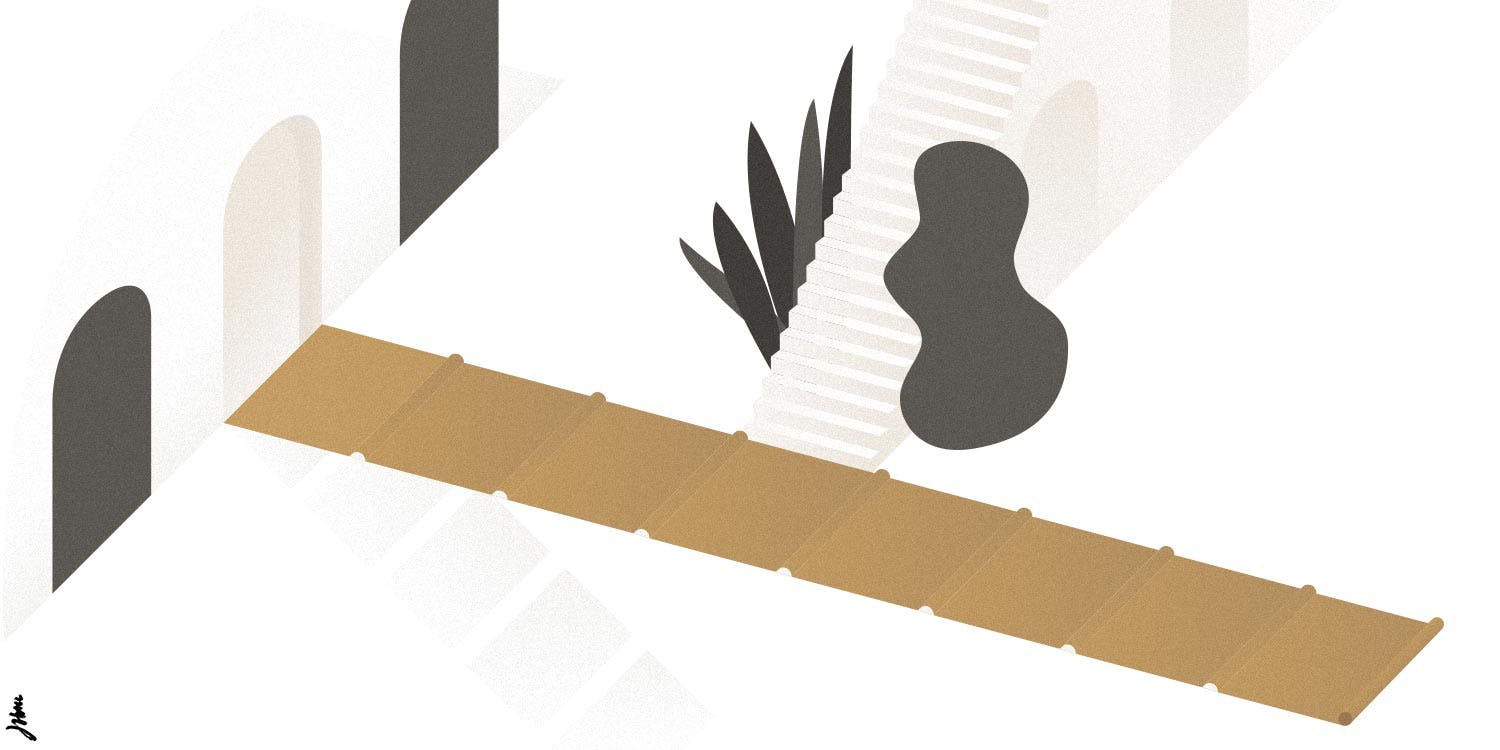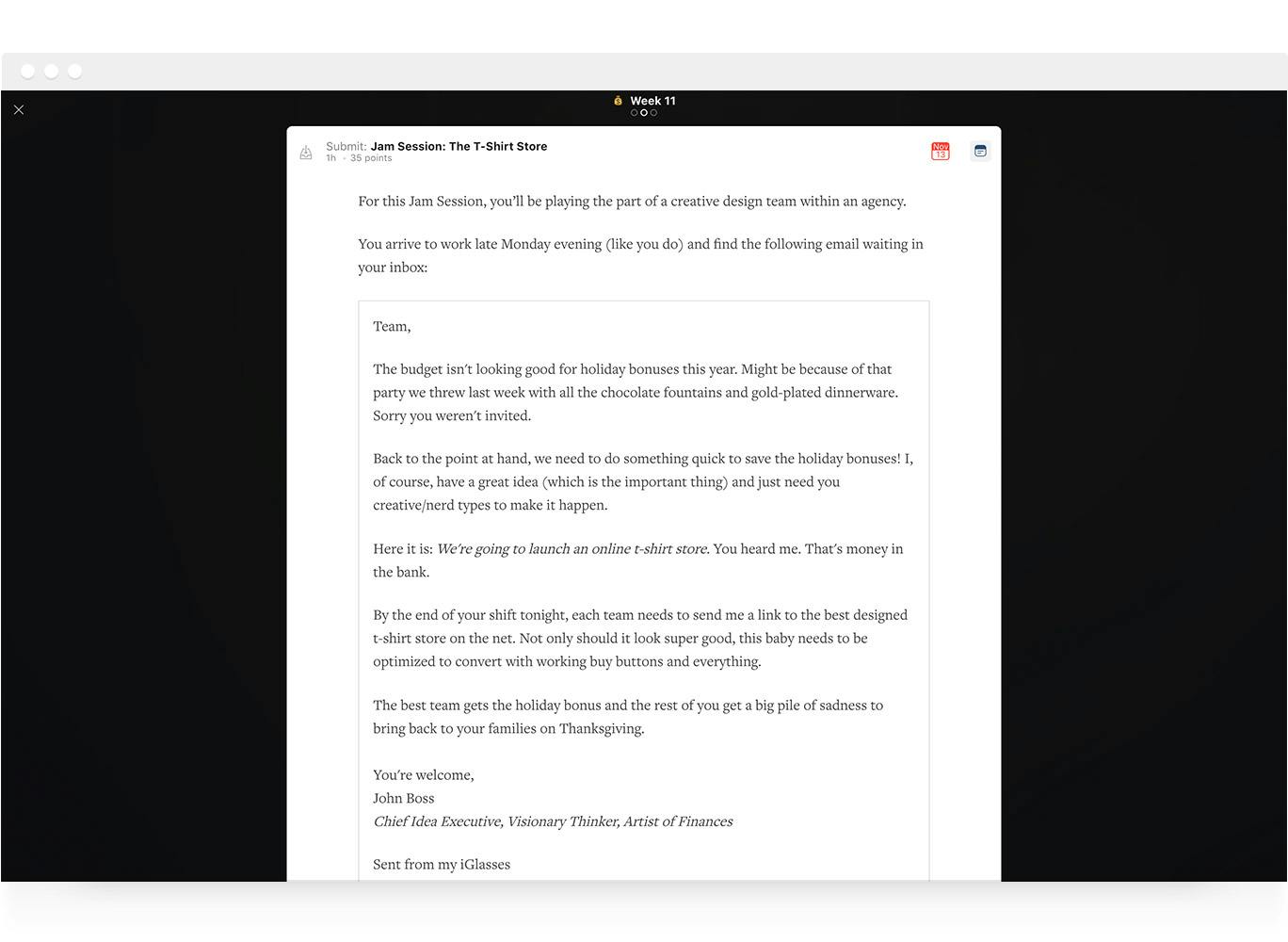
An effective course depends on good course design. Or, to do a little myth-busting, a course isn’t simply collected information. Teaching is the shape that information takes and the relationship that’s built around it.
To understand this more fully, let’s think of a specific example — architecture.
Space creates connection
When you think of any kind of building — your office or home, St. Paul’s Cathedral or the Chrysler building — I doubt that the building material comes to mind first. Instead, you think of the building as the space it creates for you to work, live, stress, hope, and love. You think about the particular kinds of connections that are made in that space and the feeling the building gives you. A building’s material matters, no doubt. But it’s only one aspect of what makes it special or essential.
A course is the same. Just as particular buildings are designed to foster certain activities and connections — between people and around information — so are courses.
That’s the long route to a simple idea: Teaching is more about connections and communities than content.
Imagine your course as a building
I like to think about the particular challenge this creates for those of us who design courses that are partly or entirely online. At times, creating meaningful communities in an online course feels a bit like being an architect tasked with building a tall, thin tower in a windstorm.
We’ve written before about how technology helps to solve this problem — whether that means minimizing distractions or creating more places for conversation. But I’d like to suggest a simple solution to help us as curriculum designers to create more space for connections and communities.
If it’s true that teaching is more about connections and communities than it is about content, we should constantly press our content to be more useful by asking, “How can I make this course about my learner’s real life?”
I love watching masterful teachers do this. For my college literature teacher, this meant pushing her students to empathize with John Milton’s blindness, so we could better understand his poetic genius. But I’ve seen solutions in the form of creative and clever projects as well.
Bring your course into the real world
One of my colleagues at Pathwright who teaches software design transforms his class projects by making them as much like real life as possible. He could simply tell students, “Design this app.” Instead, he creates elaborate scenarios in which fake clients email students requesting them to bid for a specific project.

Sure, the students know the emails aren’t real. Even so, his projects are infused with a lot more real-life energy than typical bulleted instructions for college assignments.
Answering the question “how can I make this course about my learner’s real life?” might not result in any revelatory new teaching methods. It doesn’t have to. Our aim is simply to help students connect what they’re learning to the people around them and with their everyday lives. If we can do that, we’ll have created a space in which true learning happens.
This kind of course design requires buckets of empathy and planning. If you want to see the tools we use for this kind of work, check out our course on planning effective learning experiences.
Using Pathwright is dead simple and doesn’t cost a thing until you’re ready to launch a path.
Get startedTopics in this article

